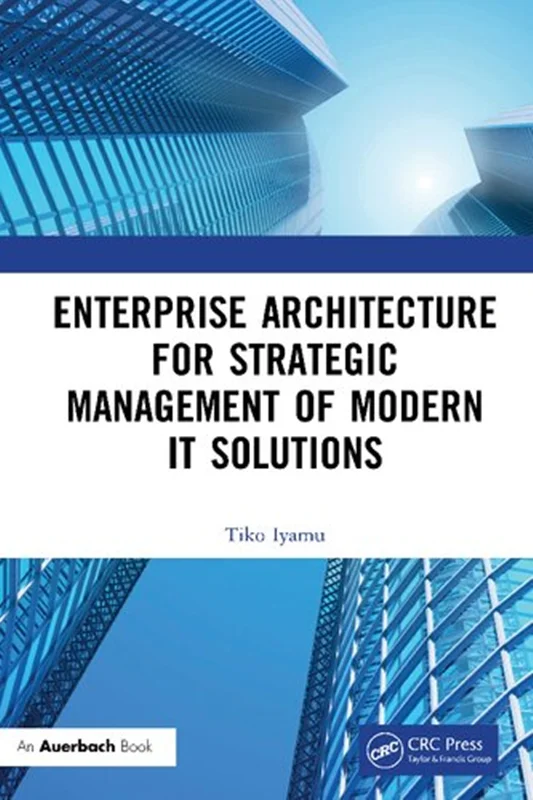Enterprise Architecture for Strategic Management of Modern IT Solutions
Tiko Iyamu, 1032145293, 9781032145297, 978-1032145297
English | 2022 | PDF
The popularity of enterprise architecture (EA) has increased in the last two decades, in both business and academic domains. Despite the cumulative interest from all sectors, the implementation and practice of EA have been entangled with numerous challenges and complexities. Consequently, some organisations continue to theorise the concept, which has ramifications on practice and return on investment (ROI). This has led to many studies that have been conducted, to understand the complexities impacting the implementation and practice of EA in organisations. Yet, the trajectory of some convolutions remain a mystery in many quarters. This attributes to the struggle to articulate the value of EA in many environments. Hence many organisations find it difficult to apply EA for strategic management of modern information technology (IT) solutions. Enterprise Architecture for strategic Management of Modern IT Solutions provides guidance on how to employ EA in deploying and managing IT solutions from pragmatic and implementable perspectives. Until now, implementation and practice of EA have been slow, despite its growing popularity and interest from all sectors. This book employs sociotechnical theories such as actor-network theory (ANT) and structuration theory (ST) as lenses to examine and explain why and how challenges and complexities exist and derail the implementation or practice of EA in organisations. This serves to enable practitioners and readers to gain fresh insights on why the challenges exist and how they can be addressed in creating collaborative capabilities for business enhancement, sustainability, and competitiveness. The book provides detailed insights on how to apply EA for organisational purposes, from three main fronts. First, it explains the implications that lack of understanding of EA have on organisational activities and processes. Second, it examines the challenges and complexities that hinder the implementation and practice of EA in organisations. Third, it proposes models and frameworks on how EA can be applied for strategic management of modern IT solutions in organisations. Written for postgraduates, researchers, academics, and professionals in the fields of EA, IT, and information systems, this book provides a valuable resource that will enable and enhance implementation and practice of EA including future studies.

